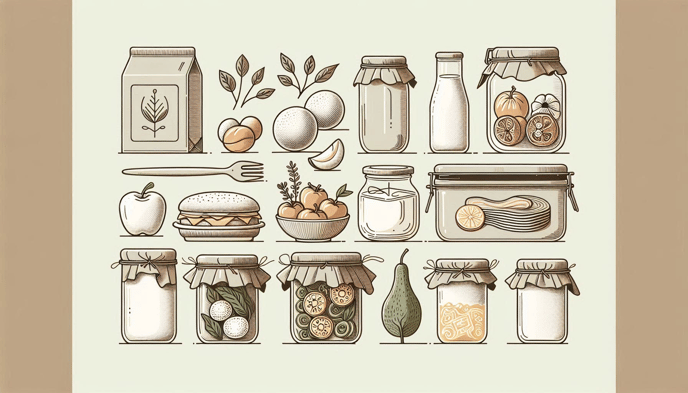In our constant search for a healthier and more sustainable lifestyle, preserving food at home has a strong economic impact, as well as on our health and the environment. It’s not just about keeping our food safe and nutritious, but also about significantly contributing to reducing food waste. That’s why I want to introduce you to this practical guide that will take care of your health and also the planet.
Why is proper food preservation important?
The way we preserve our food can directly affect our health, especially if we contract foodborne diseases. Incorrect thawing, for example, can be a breeding ground for harmful bacteria, while proper preservation keeps nutrients intact, allowing us to make the most of them when we consume them.
Safe Preservation Methods
Refrigeration: The golden rule is to keep foods at safe temperatures. The refrigerator should be at 39.2°F or less, and the freezer at 0°F or less. An extra tip: do not expose foods that require refrigeration for more than two hours at room temperature.
Conscious Freezing and Thawing: Wash, dry, portion out and pack foods in a container or bag suitable for freezing and that are airtight to avoid alterations in texture and flavor. Avoid thawing at room temperature, as this can promote bacterial growth. You have three safe options for thawing:
Refrigerator: Transfer it to the refrigerator and keep in mind it will take approximately one day per pound.
Cold Water: Submerge it in cold water, changing the water every 30 minutes. Cook immediately after thawing.
Microwave: Thaw it in the microwave and cook immediately afterward.
Below, you will find an interesting and comprehensive document with recommended freezing times for various foods. You can print it and keep it handy for your safety in the kitchen.


